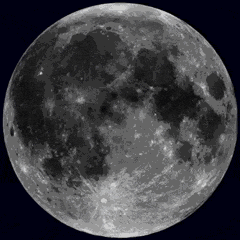Following the outbreak of major riots in Kazakhstan centred around the second city of Almaty on January 4th, rioters targeted police officers causing at least 12 casualties and moved to seize administrative and media buildings. On January 5th the first footage emerged of rioters armed with assault rifles, some of which were reportedly seized from authorities, attacking government targets in Almaty, while smaller riots in the capital Nur Sultan were kept away from government buildings by police cordons. Republic Square in central Almaty became the centre of a major shootout as the military, including counterterrorism units, were deployed to neutralise the threat. At least 50 vehicles and over 200 rioters were surrounded and cut them off from the mayor’s office and other compounds, with foreign correspondents on the ground claiming that all shots fired came from anti government forces. On January 6th Kazakh government forces reported that rioters had surrounded two hospitals, and had caused over 1000 casualties. The premise for riots has been the rise in prices for liquefied natural gas, which comes amid rising fossil fuel prices on world markets. Internet services were shut across much of the country and a number of TV stations taken off air in response to the crisis.

In response to the state of emergency in Kazakhstan, the Collective Security Treaty Organisation (CSTO) was asked to deploy forces to the country for assistance in “tackling the terrorist aggression,” which was agreed. Although Kazakhstan is considered the most militarily powerful CSTO member state after Russia, foreign forces are expected to have a stabilising influence. The outbreak of well organised riots have drawn widespread speculation of foreign involvement from Western countries in particular, after a similar means of operating by anti government groups was seen in Belarus in 2020, Sudan and Hong Kong in 2019, and previously in Ukraine, Libya and Syria in 2014 and 2011. In all those cases considerable Western involvement and support was later confirmed, although there is no evidence for foreign involvement in supporting rioters in the Kazakh case. Such operations have been referred to in Russian and pro-Russian media as ‘colour revolution,’ mobilising youth populations using tools such as social media for destabilising and often violent actions against governments outside the Western sphere of influence. Moscow has itself alleged U.S. responsibility for the riots in Kazakhstan, although this was dismissed by White House spokeswoman Jen Psaki as “crazy allegations,” “absolutely false” and “part of the Russian disinformation strategy.”
